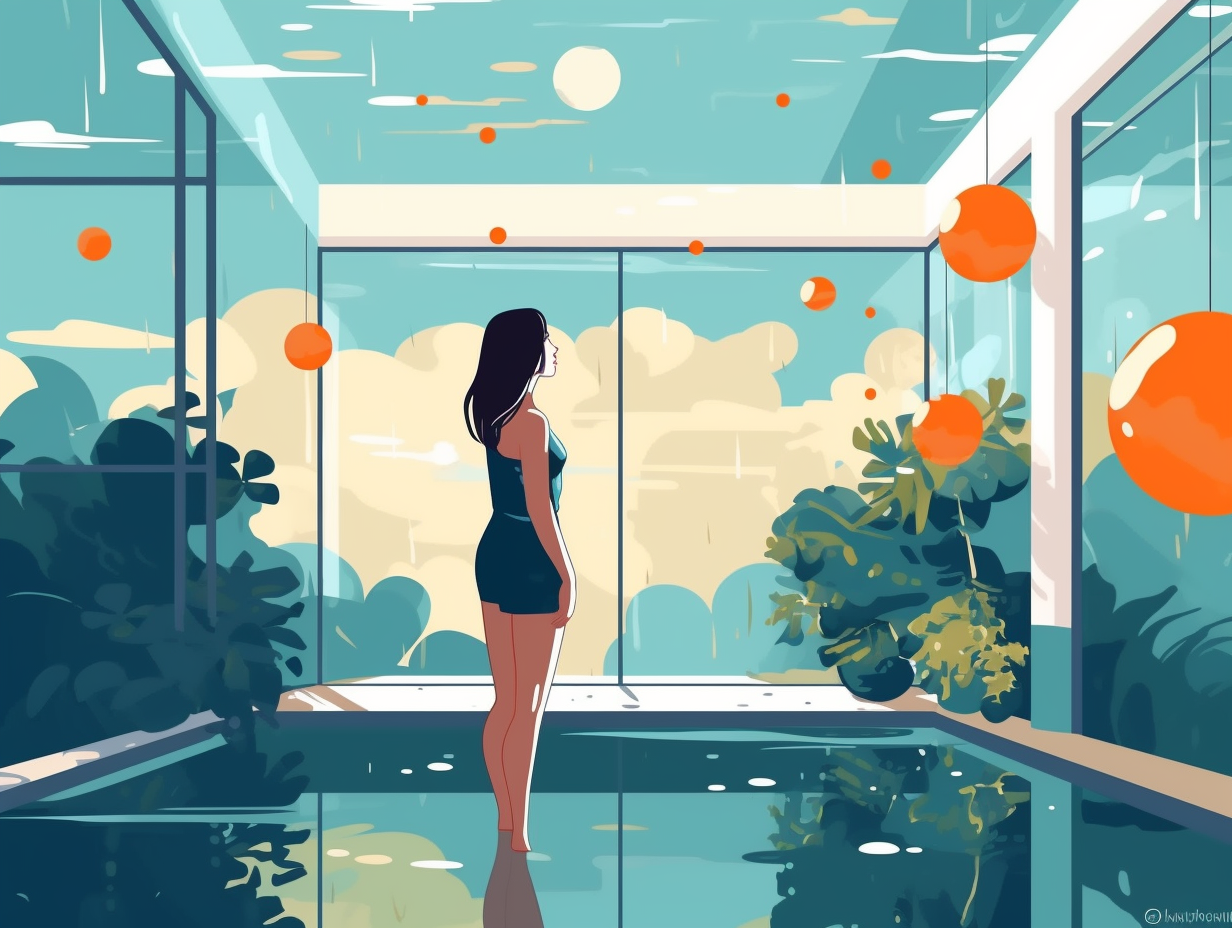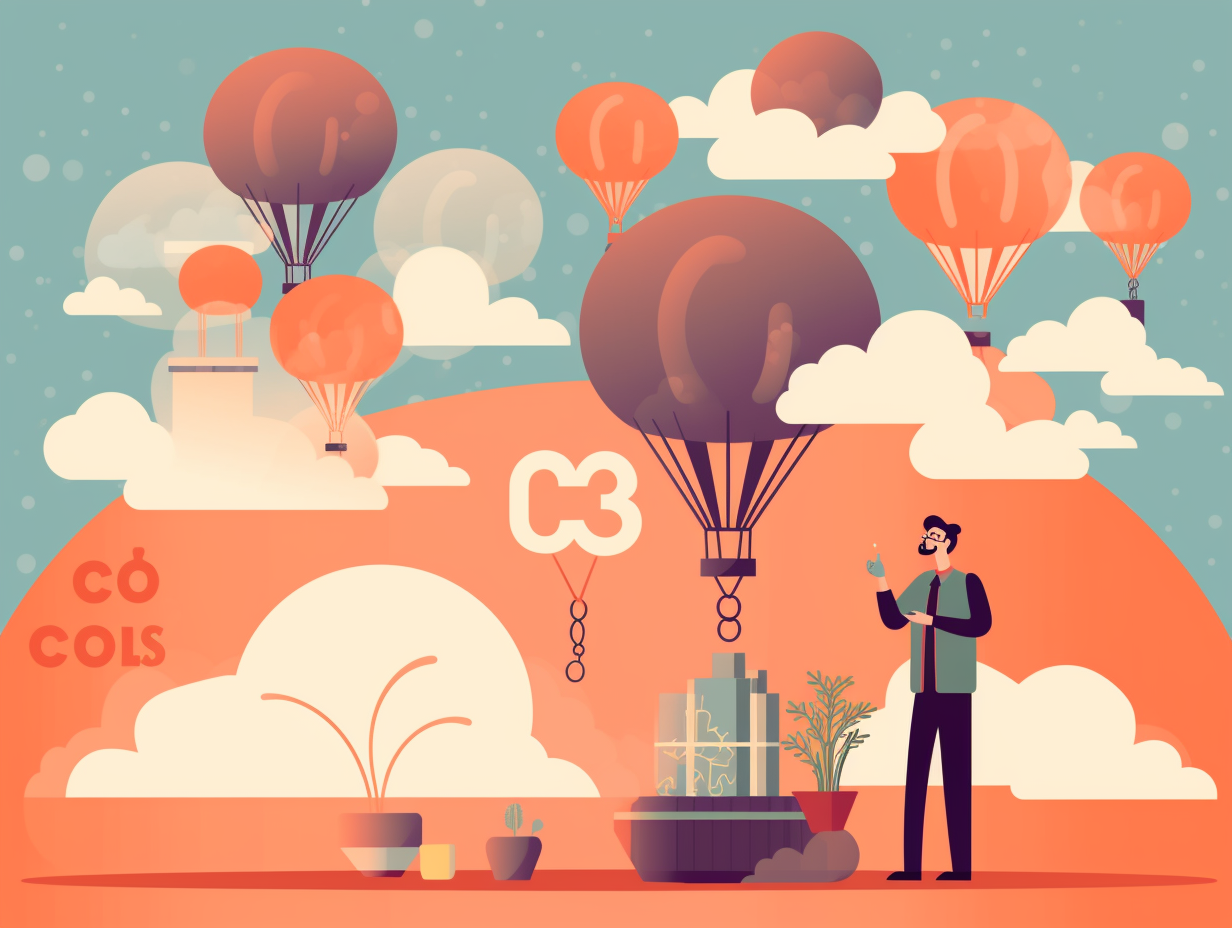Discover the Unexpected: Top 18 Intriguing and Fun Facts About Chlorine

1. Chlorine: Master of Disguise and Molecular Maestro
Chlorine: playing hide-and-seek since the dawn of time, it turns out this wily element knows how to stay undercover better than Carmen Sandiego! In nature, it exists only as a compound like sodium chloride or potassium chloride, with over 2,000 organic doppelgängers out there just to keep us on our toes. But once this master of disguise steps out of the shadows, it shines in synthetic organic chemistry—whipping up PVC plastics, DDT insecticides, and medicinal products like a molecular maestro!
Source => rsc.org
2. Chlorine: Potential Skin Elixir Extraordinaire
Who needs the Fountain of Youth when you've got chlorine? That's right, folks, add "potential skin elixir" to its resume: A study from Stanford University's School of Medicine found that chlorine can treat skin damage caused by radiation, aging, or too much sun—but only at the correct dilution rates concocted by expert chemists, so no, pouring bleach on yourself is not advised.
Source => english.alarabiya.net

Ready to meet the life of the periodic table party? Discover how fluorine's electrifying personality and insatiable appetite for electrons make it the most reactive halogen! 🎉⚡🧪
=> Fun Facts about Fluorine
3. Chlorine: Minor Partner in the Drinking Water Biz
Chlorine walks into a bar and says, "Hey, can I get a glass of water?" Turns out, it hardly ever happens: Only 5-6% of total chlorine products produced in the United States are used for drinking water or wastewater disinfection, with most companies selling their products to the consumer market and some only providing chlorine to select suppliers servicing water and wastewater systems.
Source => epa.gov
4. Chlorine's Redemption: From World War I Assassin to Pool Protector
Before chlorine finally took the plunge and settled down as your swimming pool's trusty sidekick, it had quite the sneaky and toxic past life as a wartime assassin: In World War I, chlorine gas was unleashed as a fierce weapon, assaulting the respiratory systems of soldiers and often leaving them breathless – quite literally. Nowadays, chlorine works diligently to disinfect water treatment plants and pools, an ultimate redemption story from villain to hygienic hero.
Source => chem.libretexts.org

5. Chlorine as the Slightly Odd-Tasting Party Guest
If chlorine were a party guest, it'd be the one that gets the job done, but leaves a slightly weird taste in everyone's mouth: In reality, there are multiple disinfectants used to treat drinking water, such as chloramines, ozone, and ultraviolet light, each with their own trade-offs involving disinfection byproducts, taste, and distribution system protection.
Source => health.state.mn.us
6. Chlorine: Tap Water Superhero in Action
Ever heard of chlorine, the superhero of tap water? Armed with an arsenal of chemical reactions, it charges bravely into your pipes to make your drinking water safe, clean, and odor-free: In fact, chlorine not only prevents dangerous pathogens from re-growing in your water supply, but it also tackles those pesky iron particles, manganese, and taste and odor compounds while neutralizing color and destroying hydrogen sulphide, truly making our life-giving liquid a pleasure to consume.
Source => safewater.org
7. Chlorine: Villain Turned Life-Saving Sanitizer
While good old chlorine may have had a rough childhood during World War I as a gaseous member of the chemical warfare club, it soon turned over a new leaf in the pursuit of a cleaner existence: In fact, beyond its notorious reputation, chlorine was also harnessed by the Germans to create a powerful disinfectant for treating wounds and preventing the spread of disease among soldiers, earning its redemption as a life-saving sanitizer for generations to come.
Source => theworldwar.org
8. Chlorine: The Ultimate Social Element
Chlorine: the ultimate social climber, effortlessly mingling in countless circles, from Earth's crust to seawater soirees, and even crashing the party in the human body. It's a key ingredient in the who's who of chemical compounds responsible for cleaning our houses, protecting our crops, and more: Bet you didn't know this gas-about-town is found in everything from pesticides to pharmaceuticals, and even played a (not-so-environmentally-friendly) starring role in the chlorofluorocarbon (CFC) craze of the 1930s! Being reactive is its strong suit, making it rare to catch this sly element in its purest form in nature.
Source => nature.com
9. High-Strength Steel's Salty Dance with Chloride Ions
Feeling a little rusty? Well, high-strength steel has its own "chlor-ious" drama to deal with: Chloride ions have a love-hate relationship with preventing pitting corrosion in steel. While their presence can cause some steel wear-and-tear by weakening the protective corrosion layer, high sodium chloride solution can actually play the peacemaker and inhibit pitting corrosion in diffusion-strengthened-high-strength steel. Now that's one heck of a salty situation!
Source => sciencedirect.com

10. PVC's Party Performance with Organic Solvents
When PVC goes to a party, it can resist most of the stress but just can't say no to organic solvents: Unplasticized PVC is highly resistant to stress cracking, but crumbles under the influence of chlorinated hydrocarbons, ketones, and cyclic ethers. Its chemical endurance changes depending on the plasticizer used, allowing it to star in a variety of roles such as packaging, construction, electrical applications, and even healthcare products.
Source => sciencedirect.com
11. Chlorine Dioxide: The Secret to Ultra-White Paper
Next time you're "white as a sheet," thank chlorine dioxide: this versatile compound is responsible for removing residual lignin from wood pulp and creating the bright white printing and writing papers and paperboard we know and love.
Source => archive.epa.gov
12. Chlorine's No-Mixing Rule: No Ammonia Allowed
When chlorine throws a party, it's wise to heed the invite's "no ammonia" rule: Mixing chlorine with acids or ammonia can create toxic gases, causing irritation to eyes, throat, and lungs, and potentially leading to more severe health issues like pneumonia.
Source => doh.wa.gov
13. Chlorine: The Hidden Secret Behind White Paint
The secret identity of white paint, a crime fighter against UV radiation: Chlorine chemistry is instrumental in creating titanium dioxide, a highly reflective and pure white pigment found in paints, ceramics, plastics, papers, and even self-cleaning glass - by mixing feedstock with gaseous chlorine at over 900° C and then reacting the resulting titanium tetrachloride with oxygen at temperatures above 1,500° C.
Source => vynova-group.com
14. Chlorine: Hiking to Volcanoes but Staying Out of the Ozone
If chlorine had a Tinder profile, it would surely include among its interests "Long romantic walks up volcanoes" and "Dabbling in ozone layer affairs": While volcanic eruptions release plenty of chlorine into the atmosphere, most of it doesn't reach the stratosphere to impact the ozone layer, falling short compared to the steadfast stability of chlorofluorocarbons that infiltrate the stratosphere with ease, and relegating volcanic chlorine to the role of bit player in the Stratospheric Ozone Depletion Drama.
Source => soest.hawaii.edu

15. Captain Chlorine's Dechlorination Adventures in Wastewater
Donning its cape and playing superhero in a world plagued by evil microorganisms, Captain Chlorine strolls through wastewater treatment facilities saving the day – one sanitized drop at a time: But our audacious disinfecting crusader must always remember to shed its cape through dechlorination, lest it leaves any harmful byproduct residue in the very water it sought to protect.
Source => sensorex.com
16. Chlorine: Aquatic Sherlock Holmes of pH and Germs
Donning its cape as the aquatic Sherlock Holmes, chlorine dives into the chlorinated waters of swimming pools, hot tubs, and jacuzzis to solve the "Case of the Unwelcome Germs": Unbeknownst to many, aside from its role as a master disinfectant, chlorine also plays a vital part in maintaining the optimal pH balance in the water, ensuring that no germs escape its vigilant, bacteria-busting gaze – and, most importantly, affording you a swim that's both healthy and comfortable, sans unexpected illnesses.
Source => cdc.gov
17. Chlorine: Sodium's Sneaky BFF in Packaged Foods.
Move over, salt bae – there's a new sprinkle in town, and it's in practically everything we eat: Say hello to chlorine, the sneaky BFF of sodium! The serious reveal: About 70% of the sodium we consume comes from chlorine added to packaged and restaurant foods as a preservative and flavor enhancer, with the potential for healthier, lower-sodium versions to be introduced, as consumers can adapt to their taste.
Source => cdc.gov
18. Chlorine: Double Agent of Fun and Danger
Chlorine: you know it best as the not-so-secret ingredient in the enigma that is the pool-water cocktail, a concoction that promises hours of fun and that classic "eau de swimmer" fragrance. The serious reveal: indeed, chlorine is a powerful and versatile disinfectant, used not only to keep pools free of nasty microorganisms, but also in water purification, bleach, and sanitation. Yet, this gas-tastic element is no joke when it comes to toxicity, with chlorine gas being no lightweight, preferring to hang out in low places where it becomes a suffocating guest at life's party. So, handle chlorine and its compounds with care, because this fun-maker can also be a fun-breaker – talk about a double agent!
Source => chem.libretexts.org
Related Fun Facts




















